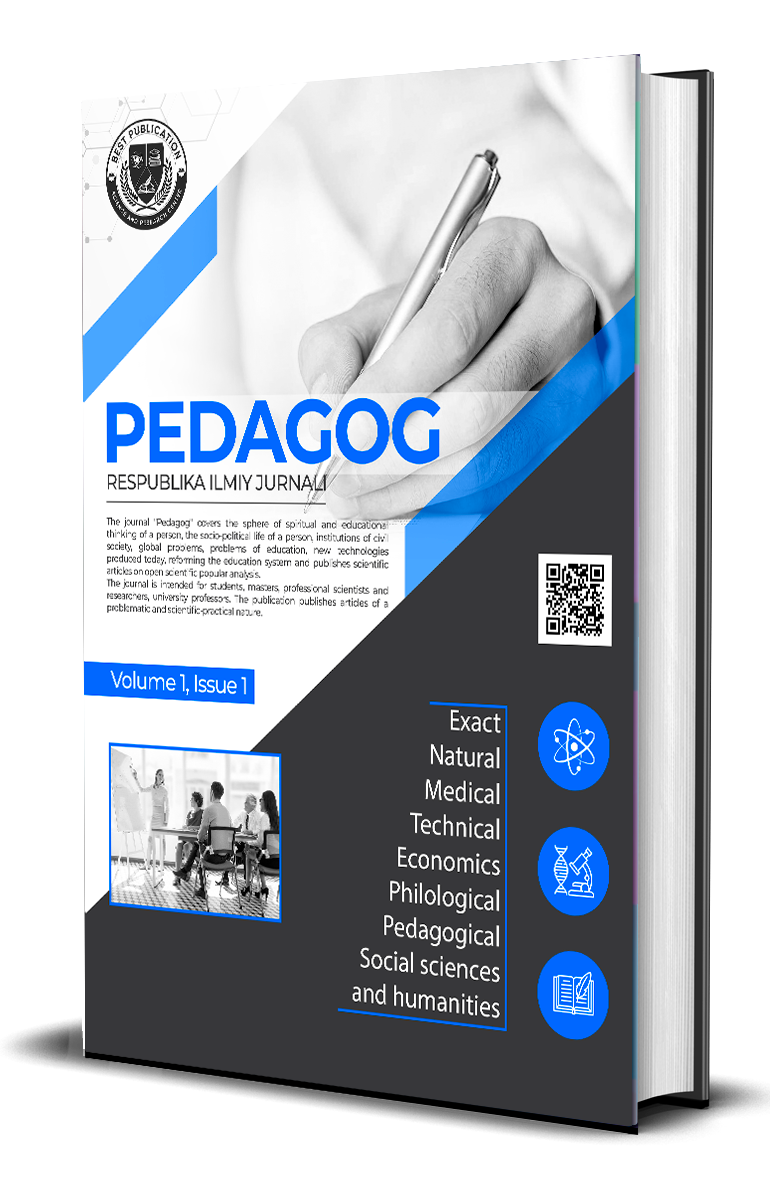STRATEGIES FOR ENHANCING SMALL BUSINESS COMPETITIVENESS IN THE DIGITAL ECONOMY
Abstract
The digital economy has become a defining driver of global economic transformation, reshaping production, trade, and business models across all sectors. For small and medium-sized enterprises (SMEs), digitalization is no longer optional but essential to remain competitive in an increasingly technology-driven marketplace. This paper explores theoretical and analytical perspectives on strategies for enhancing small business competitiveness within the digital economy. It synthesizes academic literature, international reports, and policy frameworks that address digital transformation and SME development. The research highlights that digital competitiveness depends not only on technology adoption but also on institutional readiness, digital literacy, innovation capacity, and supportive government policies. The findings suggest that the successful integration of digital tools—such as e-commerce platforms, artificial intelligence (AI), cloud computing, and data analytics—enhances productivity, market reach, and customer engagement for small enterprises. The paper further emphasizes the need for digital infrastructure, policy incentives, and capacity-building programs to foster sustainable SME growth. Ultimately, the study offers a conceptual framework and policy recommendations for developing countries, including Uzbekistan, aiming to strengthen their small business sectors through digital transformation.
References
1. Barney, J. (1991). Firm resources and sustained competitive advantage. Journal of Management, 17(1), 99–120.
2. Bouwman, H., Nikou, S., Molina-Castillo, F. J., & de Reuver, M. (2018). The impact of digitalization on business models: How IT enables dynamic capabilities. Technological Forecasting and Social Change, 129, 114–122.
3. Brynjolfsson, E., & Kahin, B. (2002). Understanding the Digital Economy: Data, Tools, and Research. MIT Press.
4. Brynjolfsson, E., & McAfee, A. (2014). The Second Machine Age. W. W. Norton & Company.
5. Bukht, R., & Heeks, R. (2018). Defining, conceptualising and measuring the digital economy. International Organisations Research Journal, 13(2), 143–172.
6. Kraus, S., Palmer, C., Kailer, N., Kallinger, F. L., & Spitzer, J. (2019). Digital transformation and SMEs: A systematic literature review. Journal of Small Business Management, 57(6), 250–271.
7. Li, L., Su, F., Zhang, W., & Mao, J. Y. (2020). Digital transformation by SME entrepreneurs: A capability perspective. Information Systems Journal, 30(2), 431–455.
8. Lundvall, B.-Å. (1992). National Systems of Innovation: Toward a Theory of Innovation and Interactive Learning. Pinter Publishers.
9. OECD. (2020). Measuring the Digital Transformation: A Roadmap for the Future. Paris: OECD Publishing.
10. OECD. (2021). Digital Transformation of SMEs: Policies and Practices. Paris: OECD Publishing.
11. Tapscott, D. (1996). The Digital Economy: Promise and Peril in the Age of Networked Intelligence. McGraw-Hill.
12. Tapscott, D. (2016). Blockchain Revolution: How the Technology Behind Bitcoin Is Changing Money, Business, and the World. Penguin.
13. Teece, D. J., Pisano, G., & Shuen, A. (1997). Dynamic capabilities and strategic management. Strategic Management Journal, 18(7), 509–533.
14. Teece, D. J. (2018). Business models and dynamic capabilities. Long Range Planning, 51(1), 40–49.




